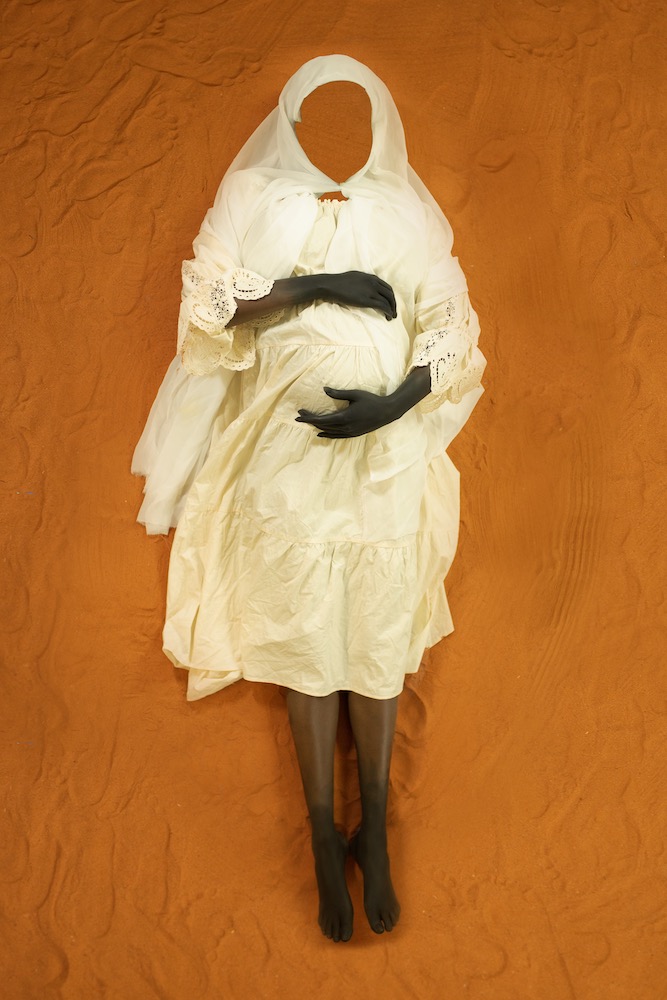Atong Atem, Dust, commissioned by Catherine McKinley for PhotoIreland Festival 2023. Courtesy of the Artist
Taking place in Dublin, PhotoIreland presents a programme with an international outlook, reflecting a continual urgency for change
“To me, the important question is about whose centre – whose eyes, whose gaze, whose lens, whose vision – do we prioritise and advocate for?” says Renée Mussai. “These days, I refuse to recognise ‘dominant’ positions as fixed, canons as written, or binary concepts of periphery and centre, nor a canon predominantly occupied by Western, male, heteronormative photographers. They are not my orientation points, or anchors.”
Mussai is a distinguished photography curator and scholar; she was Autograph ABP’s senior curator for two decades, then left last year to become artistic director and chief curator at The Walther Collection. Her book, Eyes That Commit, will be published soon with Prestel, and she’s drawn on that research to curate an exhibition at this year’s PhotoIreland. Gathering artists such as Aida Silvestri, Heather Agyepong, Hélène Amouzou, Silvia Rosi, Lola Flash, Monica de Miranda, Zanele Muholi and Frida Orupabo, the exhibition is titled I See the Face of Things to Come. This name is drawn from a song by Nina Simone, as is the overall festival title R/evolutions and in both cases, says Mussai, points to the continual urgency and necessity for change.
“We have decades, centuries of work to both do and undo,” she says. “Endless years where female and non-binary artists of colour – as well as others, such as neuro-diverse creative practitioners, for example – were ignored, marginalised, or disavowed. And we must remember too that each ‘missing chapter’ addressed or redressed, tends to open or expose, another…When female artists are highlighted, oftentimes female artists of colour are still missing or underrepresented. When female artists of colour are considered, female artists of colour who are also queer or identify as non-binary are routinely absent, and so on. It is a continuous labour, one which requires commitment, and multi-directional vision, as well as a level of self-reflexivity, and self-criticality. We might not always get it right, but we must try.”
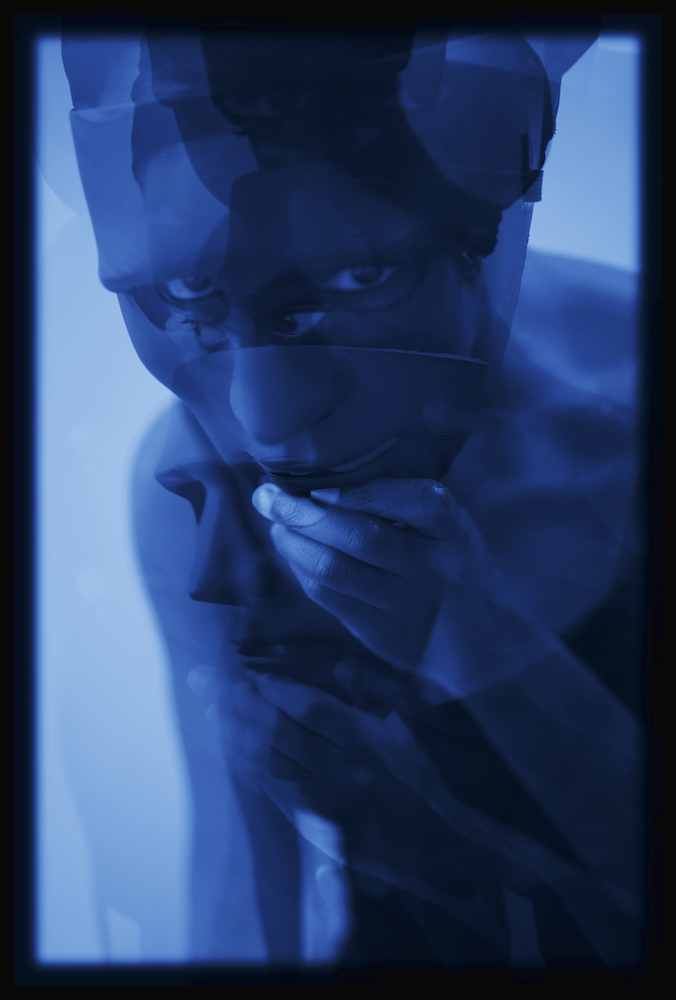
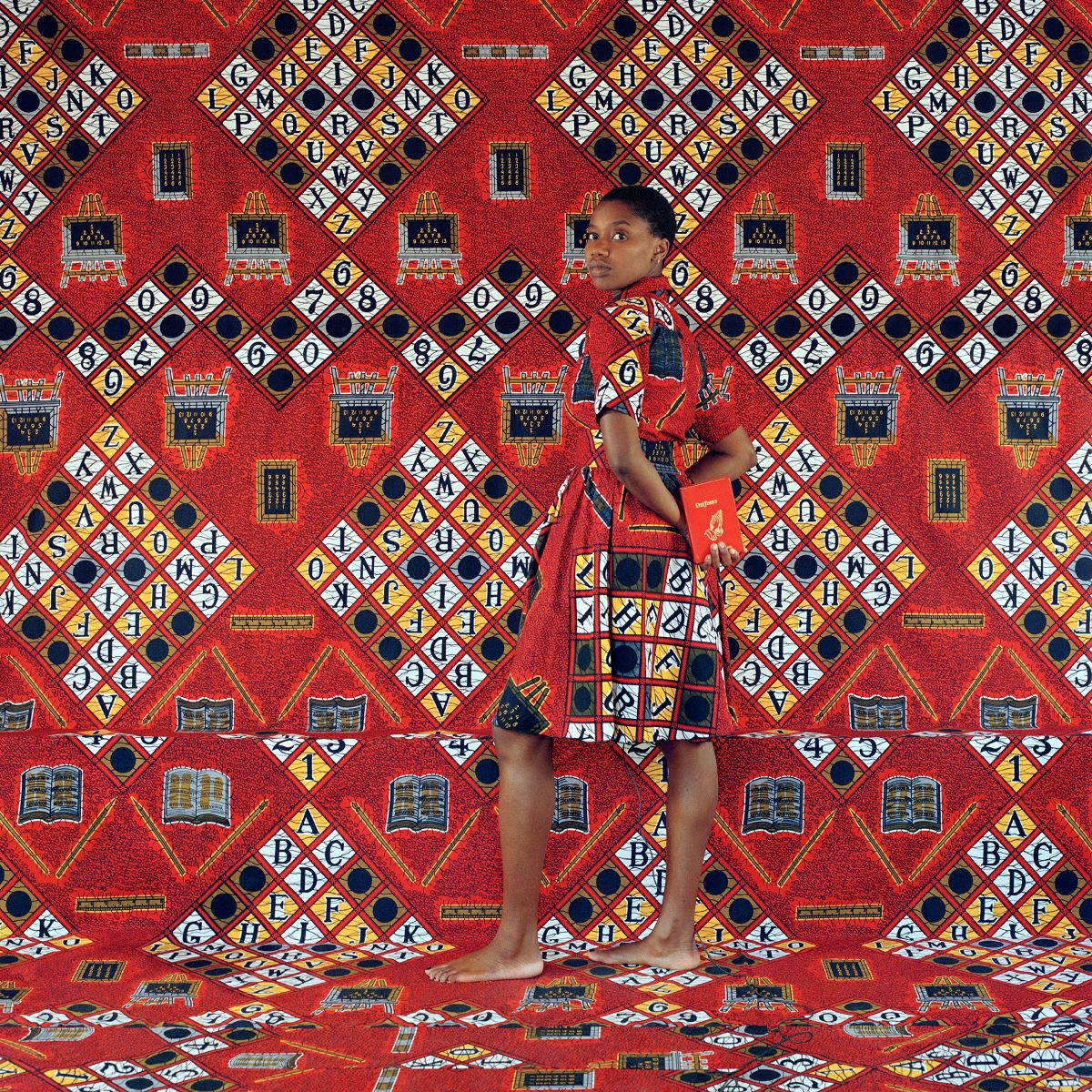
Mussai says traces of the colonial archive and troubled image repertoires haunt the work of several of the artists she has gathered for the exhibition, adding that many of them choose to work with portraiture that speaks to their own lived experiences, and of their communities, while pointing to urgent contemporary politics. Black female and non-binary artists from the African Diaspora “have been forging unique visual vernaculars”, she says, reaching beyond existing genres to break new ground in photography. Each artist is given their own dedicated, hexagonal space, allowing their work to speak to their particular practices, but also build together into “a larger, collective-communal beehive, or honeycomb-like structure”.
Some of this work is on show for the first time at PhotoIreland, including a recent series by Frida Orupabo, who was shortlisted for the 2022 Deutsche Borse Photography Foundation Prize. In this work, Orupabo created new digital collages by drawing on The McKinley Collection, a private archive of African photographies assembled over the past 30 years by Catherine McKinley. McKinley has followed Orupabo’s work for many years, and invited her to work with her collection; she’s thrilled Mussai suggested exhibiting the collages, she says, adding that they are “breathtaking”.
“The premise is that the sewing machine and camera – two powerful colonial tools of Empire that arrived on the African continent within a decade of each other – were used by African women to upend power through economic assertion and self-invention and expression,” she says, referencing her own comments in her publication The African Lookbook. “Dress, in many African contexts, and fashion trade history, are as powerfully present as the sitters who wear them. In these collages, Frida worked partly with the idea of dressing and undressing, the body, and issues of power, in her inimitable way.”
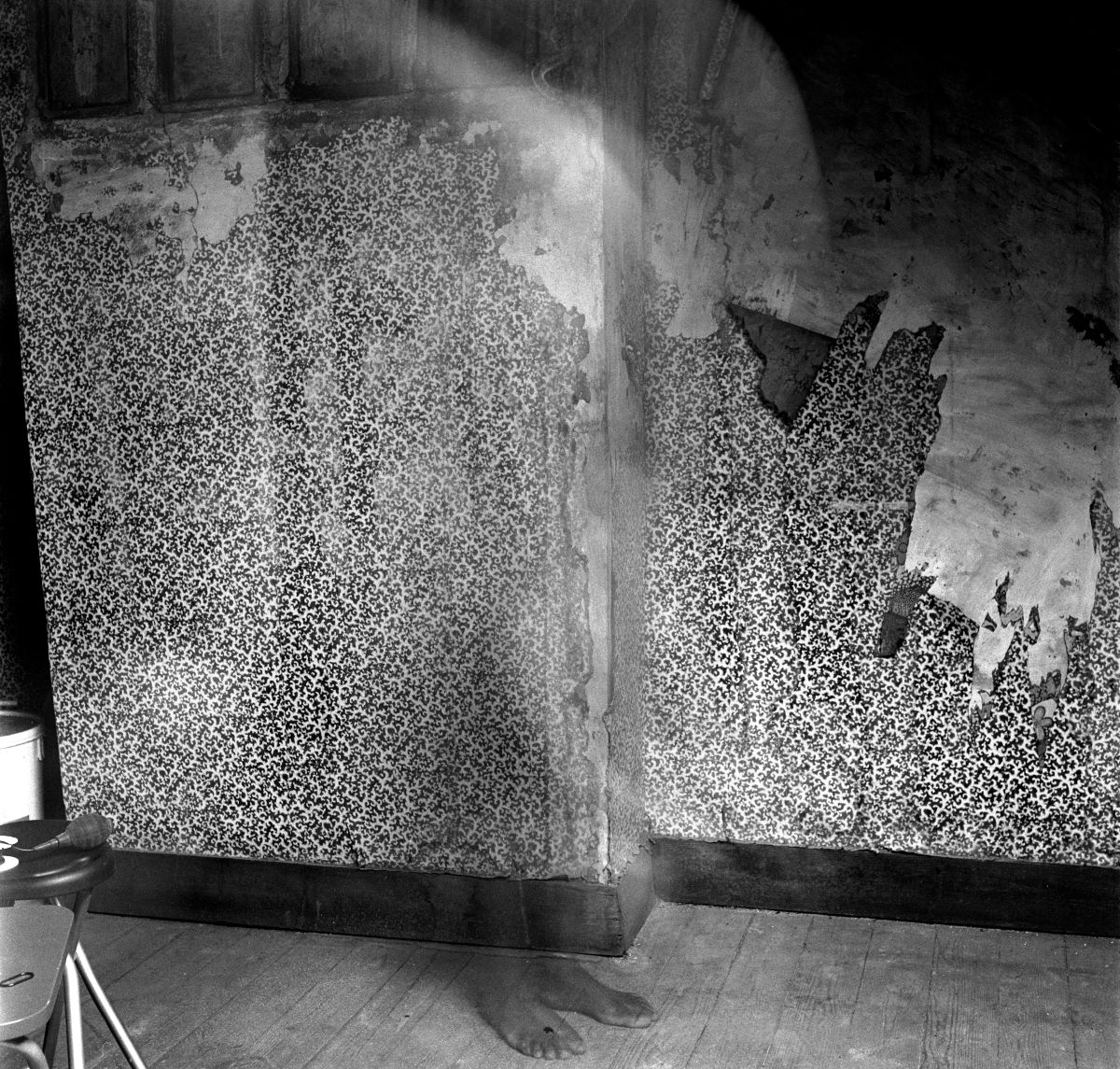
“I consider difference and marginality as fertile spaces of potentiality, pleasure, as blessings and as breath.”
McKinley has also curated an exhibition for PhotoIreland this year, and it’s also showcasing new work – Dust by Atong Atem, which considers South Sudanese women’s traditional relationship with the land. Atem was born in Ethiopia to South Sudanese parents who were forced to leave the country after civil war broke out; the family fled to Kenya, where they lived in a refugee camp, then settled in Australia. Atem’s work embraces this heritage, and wider issues of decolonisation and the power of photography. Her book 2022 Surat found her restaging family photographs and portraits, for example, drawing on the diasporic experience of sending images all over the world; it was also inspired by her father, who was photojournalist in the 1970s and 80s then Minister of Information for the South Sudanese government.
“I love the playfulness, deep intelligence, and the complexity of this work in that it tells a story of a young woman’s relationship to her extended family, spanning a wide global expanse almost in puzzle pieces of adornment,” says McKinley. “It is also very much a story of material trade, where clothing or objects stand in as substitutes for place and memory in the same way that Atong, as the sitter, stands in for her uncle and father, her mother in her youth, and so on.
“I felt Atong’s work had the risk of being misunderstood in the prevailing era of up-to-the-minute fashion photography borrowing from African studio traditions, by many exciting young Africa artists and the Western luxury brands employing and also co-opting them,” she adds. “In fact, she was using everyday fashion items from any number of places in the world – track suits from China, Kenyan beads, Arab textiles – and making them resolute expressions of ‘Dinka’ identity. The clothing and materials are actually mapping a South/Deeper South forced migration. It’s not ‘African fashion’ but a story of transaction of goods and of people and social customs who are bereft from war.”
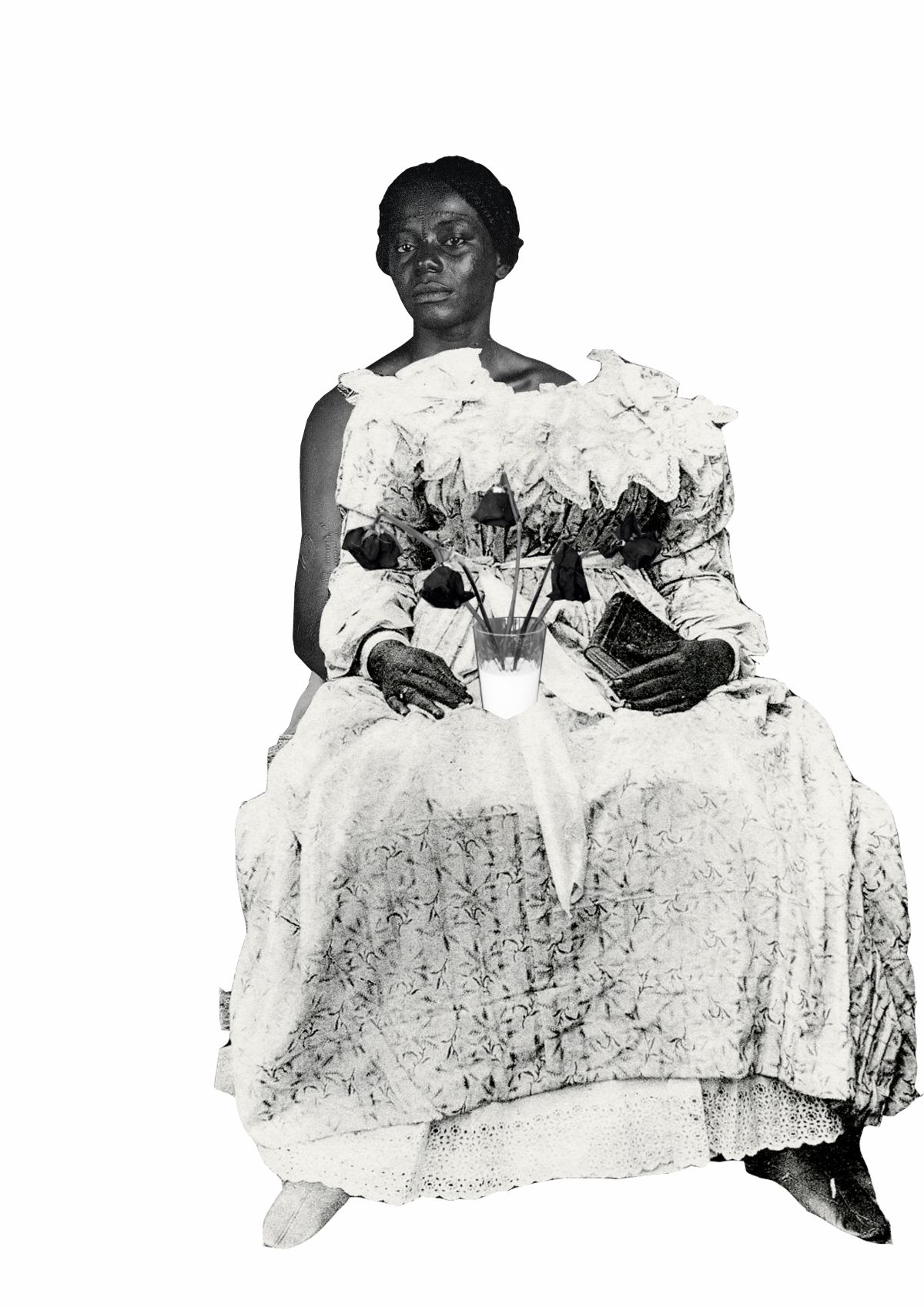
For PhotoIreland McKinley was able to commission Atem to make new work, and initially Surat seemed to be the starting point for it. But Atem was pregnant while working on the commission, and this experience “pushed her into an incredible interiority”, says McKinley. Dust instead sees Atem considering ancient Sudanese traditions of birth and death, which were suppressed by colonisation and Christianity. Shipping similarly coloured red sand to her home from the Australian desert, she photographed herself lying in it to recreating a death ritual. “Contemplating this, enacting this at that moment in pregnancy – let’s say this work is deep feeling,” says McKinley.
These exhibitions are the lead shows at PhotoIreland, but there is also much more to see – a solo show by Ruben H Bermuez around his book, And you, why are you black? and work by artist Ethel-Ruth Tawe made after delving into Ben Krewinkel’s Africa in the Photobook publication, as well as a photobook fair. Expanding beyond the established canon, the festival is showing work that questions how that canon was built in the first place, the power that constructed it, and that still maintains it today. For Mussai, it’s a question of radically rethinking our approach to photography, art practices as visual and cultural activisms, and much more besides.
“I am interested in the curatorial ‘otherwise’ – multiple, parallel, overlapping, cross-fertilising, non-linear ourstories, herstories, theirstories, transstories, and not-yet-stories,” she says. “I consider difference and marginality as fertile spaces of potentiality, pleasure, as blessings and as breath. Echoing something the late Toni Morrison once proclaimed beautifully, the life-affirming notion that we must claim all borders and edges as central, for ourselves and for our futures – and invite others to join us in what we designate as our own r/evolutionary centres.”
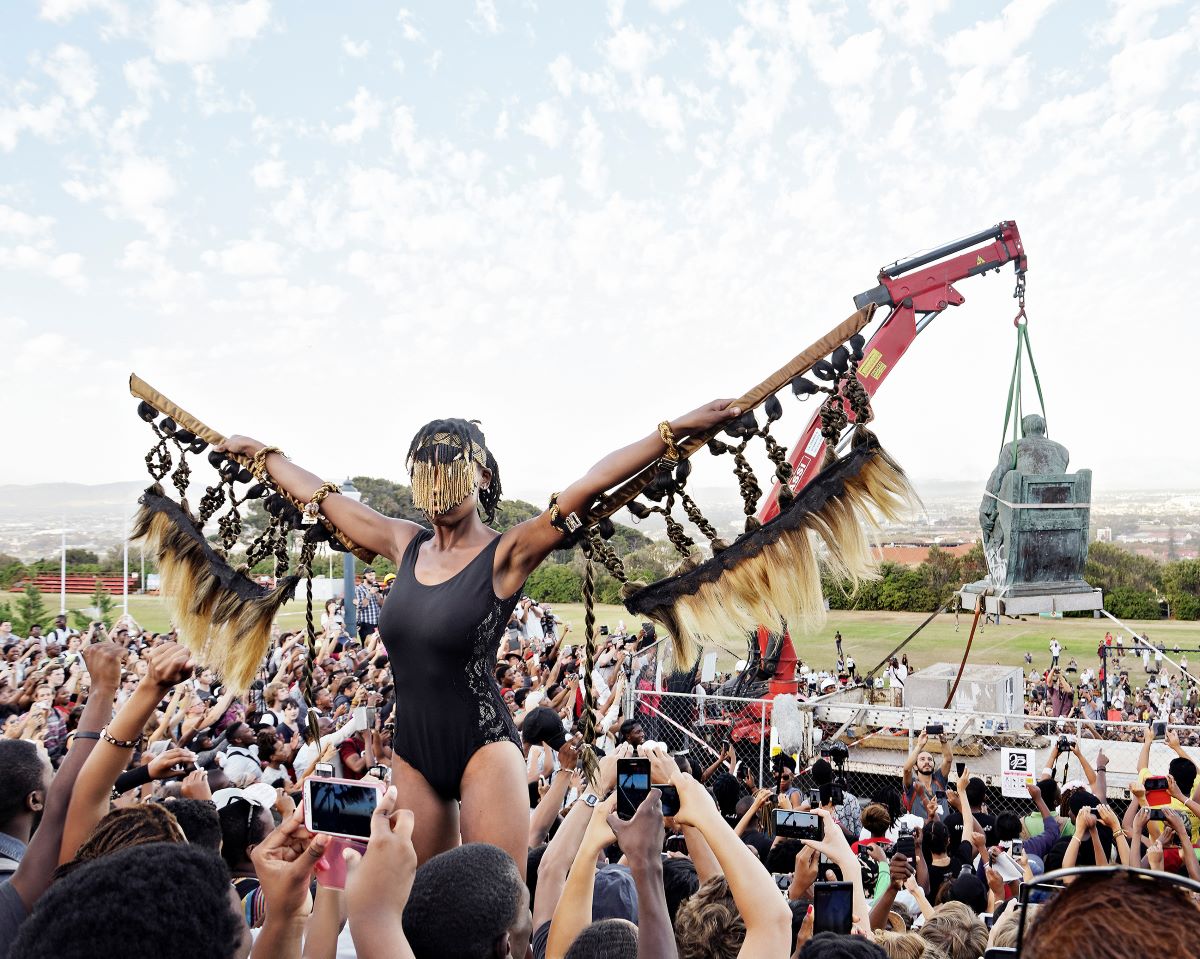
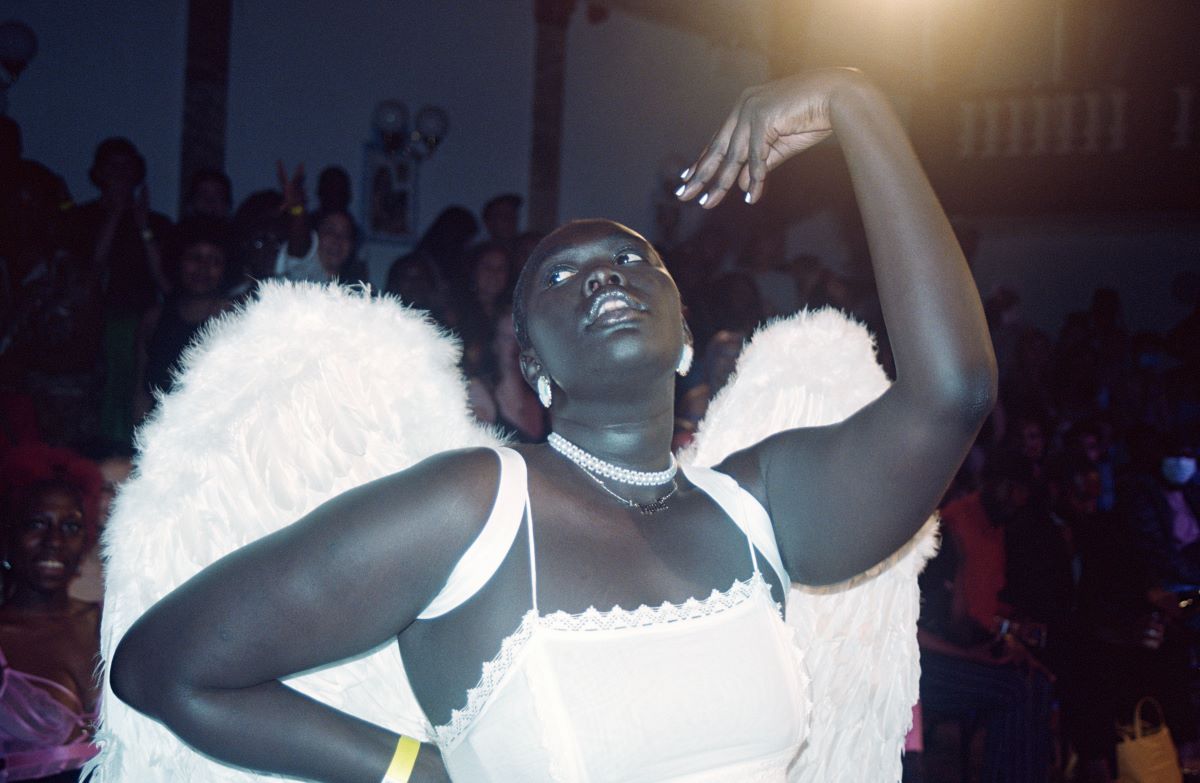
PhotoIreland takes place in venues across Dublin until 23 July

